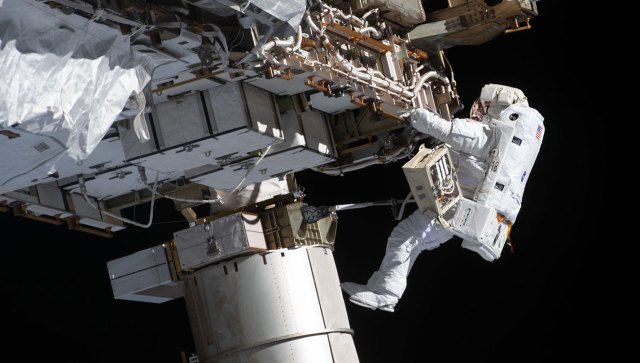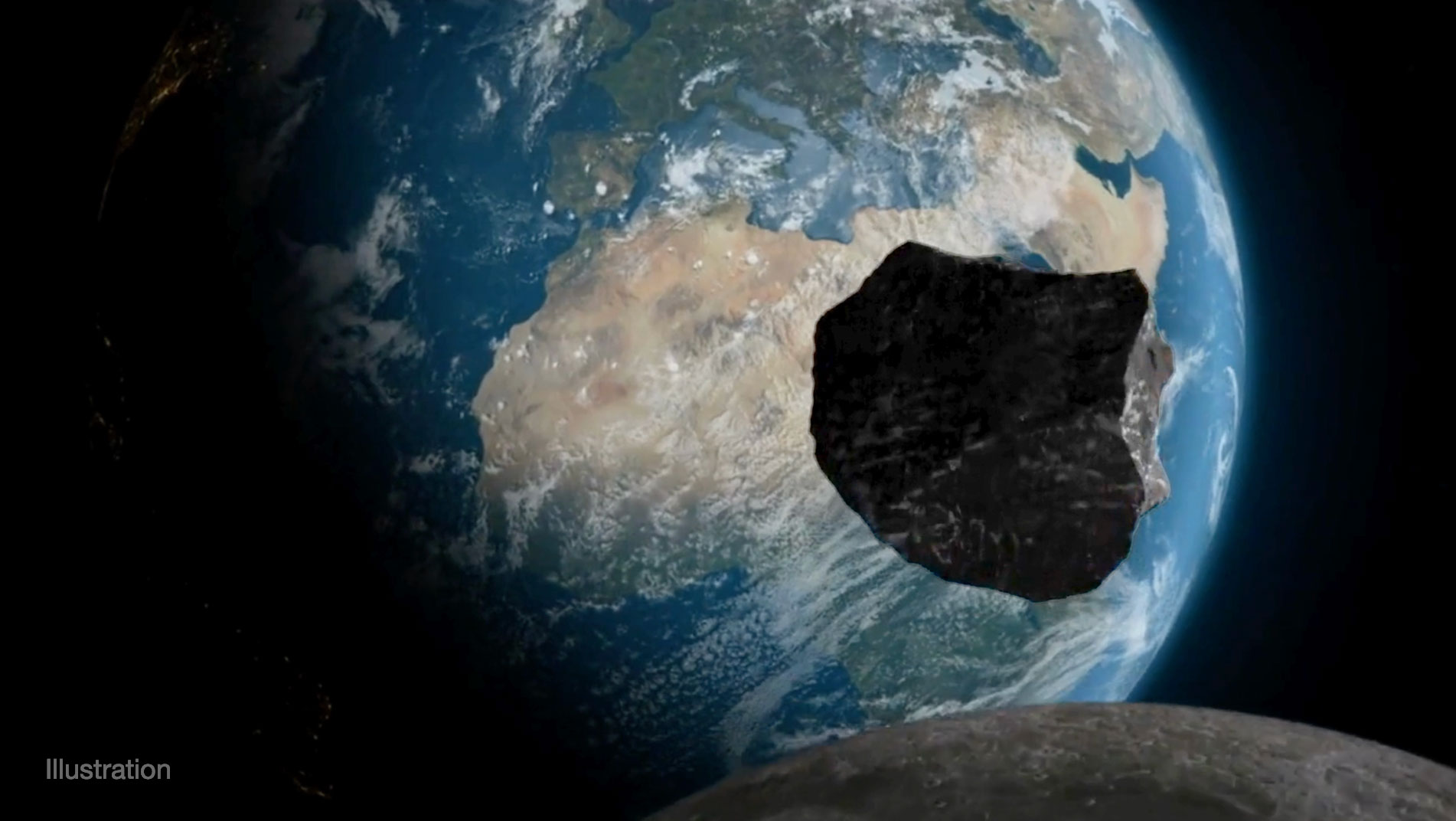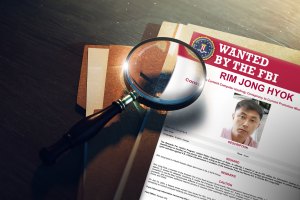Today, the NASA Office of Inspector General (OIG) issued a new audit report assessing the Agency’s planetary defense strategy.
Asteroids and comets that come within 30 million miles of the Earth’s orbit are known as near-Earth objects (NEO). To protect the planet from potentially hazardous impacts, NASA leads the nation’s NEO research and detection efforts, emergency preparedness, and international partnerships. In the last decade, the Agency also established the Planetary Defense Coordination Office and identified eight strategic planetary defense goals.
The OIG’s new report examines NASA’s approach to achieving these goals, as well as additional areas of opportunity. The Agency has made significant progress since the OIG’s last planetary defense audit in 2014, including committing to building a cutting-edge, space-based telescope called NEO Surveyor. However, several challenges persist, including inadequate management structure and resources; lack of key interagency collaboration practices; aging ground-based observatories; and funding constraints.
In accordance with the OIG’s mission of objective oversight, the audit offers six recommendations to address NASA’s long-term goals—and safeguard Earth from potentially hazardous NEOs.







